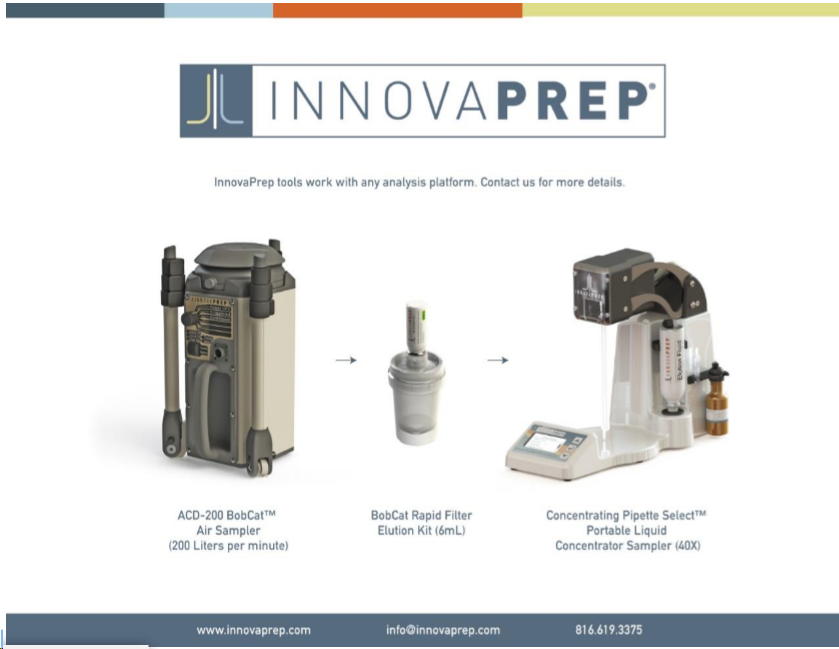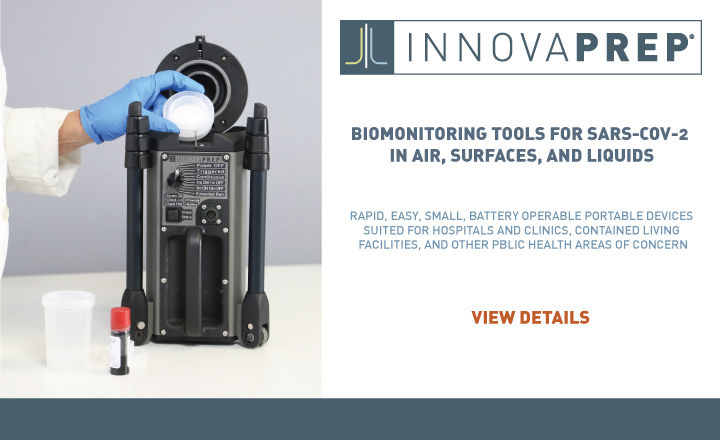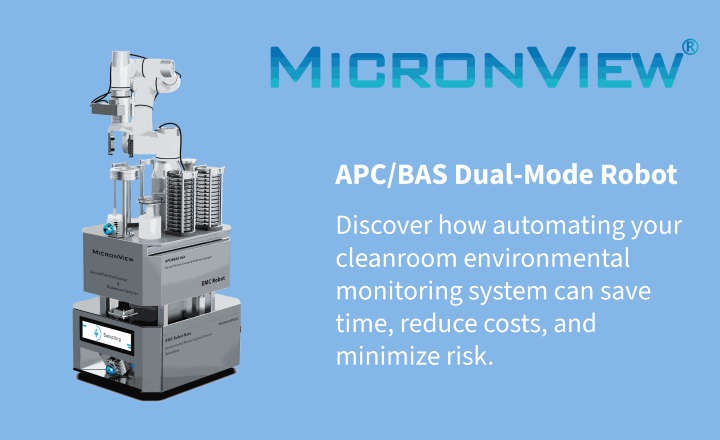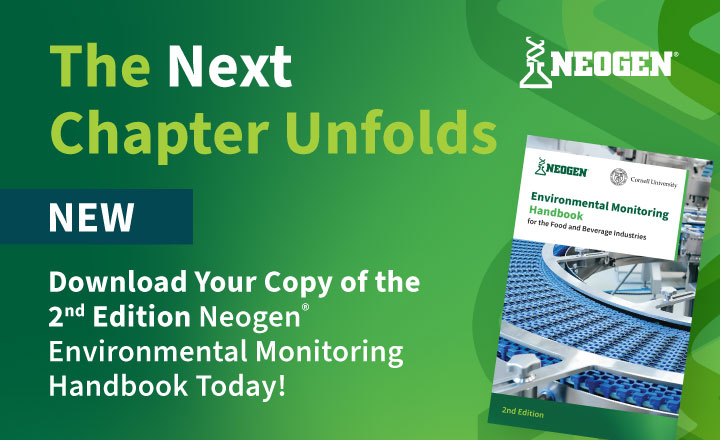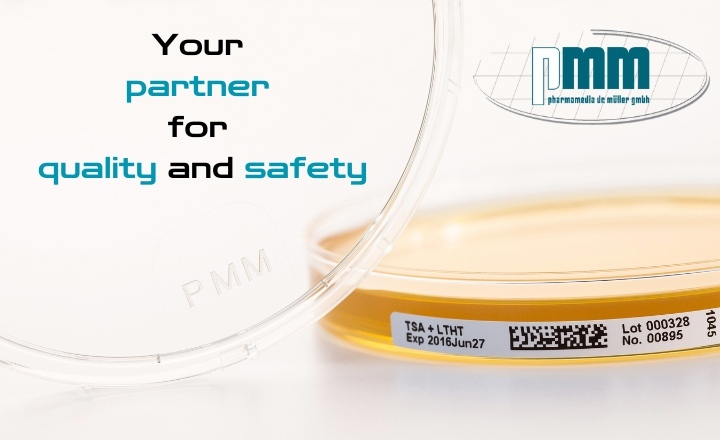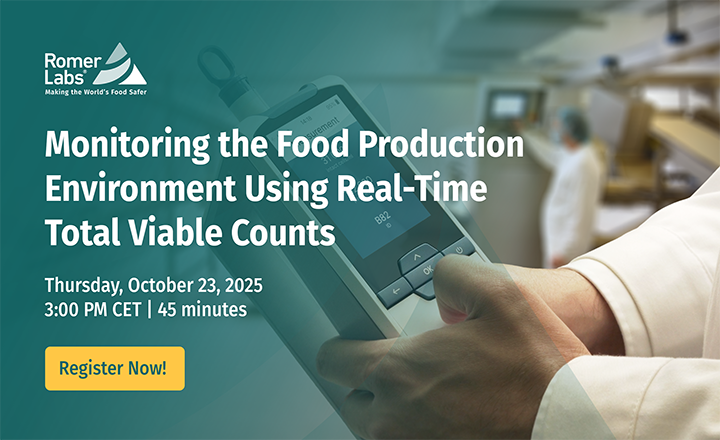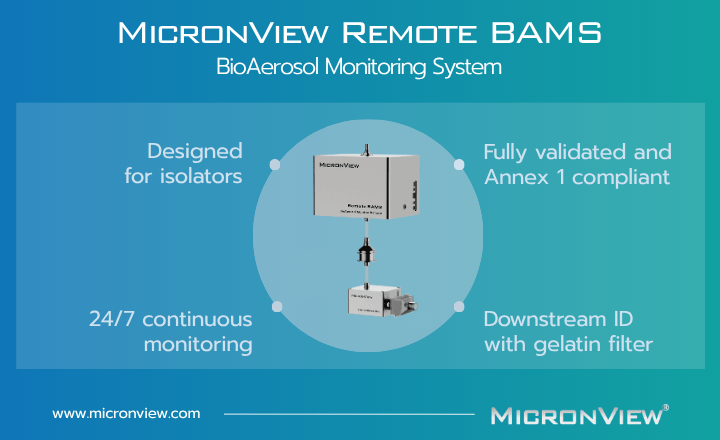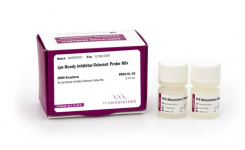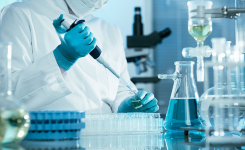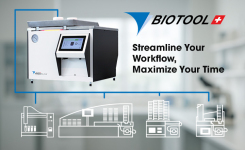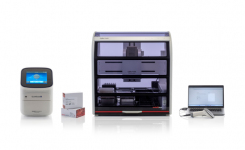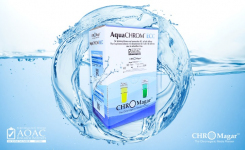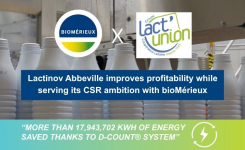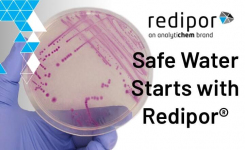Introduction
It is understood that SARS-CoV-2 (as well as influenza and SARS-CoV-1) transmission is primarily through droplet and contaminated surface contact. However, there is also significant direct and indirect evidence that aerosol and surface transmission of SARS-CoV-2 and other pathogens are likely means of transmission.
In the current reality of the COVID-19 pandemic, facilities such as hospitals, transportation, senior living centers, prisons, schools, event spaces, even industry may be operating blindly when it comes to surface, fomite, and aerosol contamination.
Programs like the Vessel Sanitation Program (VSP) at the Centers for Disease Control and Prevention (CDC) have been enacted to prevent and control the introduction, transmission, and spread of illnesses on cruise ships through such steps as monitoring and investigation.
The food industry has adopted Hazard Analysis and Critical Control Points (HACCP) as a systematic preventive approach to hazards such as bacterial and viral pathogens in a manner to avoid the hazards before they become a reality. Similar approaches should be implemented to provide knowledge to management during the current COVID-19 pandemic.
However, traditional methods for aerosol and surface monitoring for bacteria and viruses are negatively affected by limited collection volumes, poor sample recovery, and complex and difficult to perform recovery processes. InnovaPrep offers novel systems that provide simple and straightforward methods for collection and detection of SARS-CoV-2 and other pathogens at previously undetectable levels
Proactive monitoring provides an increased understanding of:
- 1. Current state of contamination in the facility
- 2. Effectiveness, limits or gaps of environmental controls
- 3. Effectiveness, limits or gaps of cleaning and disinfection procedures
- 4. Infection risk associated with staffing locations, functions, and available PPE
Enabling the introduction of improved control measures, cleaning and disinfection procedures, and corrective actions and enables PPE use optimization during the current shortage.
Rapid, easy, small, battery operable portable devices suited for hospitals and clinics
Air Sampling – The ADC-200 Bobcat™ is a small lightweight and portable dry filter air sampler with a built-in tripod that actively collects viruses, bacteria and fungal spores from 100 LPM to 200 LPM. Sample recovery from the filter takes just seconds and results in a concentrated liquid sample of 6 mL that is ready for analysis using PCR or other molecular methods. Longitudinal Metagenomic Analysis of Hospital Air Identifies Clinically Relevant Microbes
Liquid Concentration for exponentially increasing the limit of detection – the Concentrating Pipette™ will concentrate viruses, bacteria, and fungal spores into a final concentrate of ~200 µL in minutes with the press of a button. The Concentrating Pipette pairs perfectly with PCR and other molecular methods. Detection of an Avian Lineage Influenza A(H7N2) Virus in Air and Surface Samples at a New York City Feline Quarantine Facility
A surface sampling method published by NASA JPL showed the effectiveness of how simple felt squares or dry Swiffer-type wipes can be wetted and used to collect samples from large area surfaces. The resulting sample can be concentrated, without enrichment, on the Concentrating Pipette into a PCR-ready sample of about 200 µL. Download here: A Meta Mini Study: Improved Pathogen Detection of Air, Surface and Liquid Samples Through Rapid Concentration
